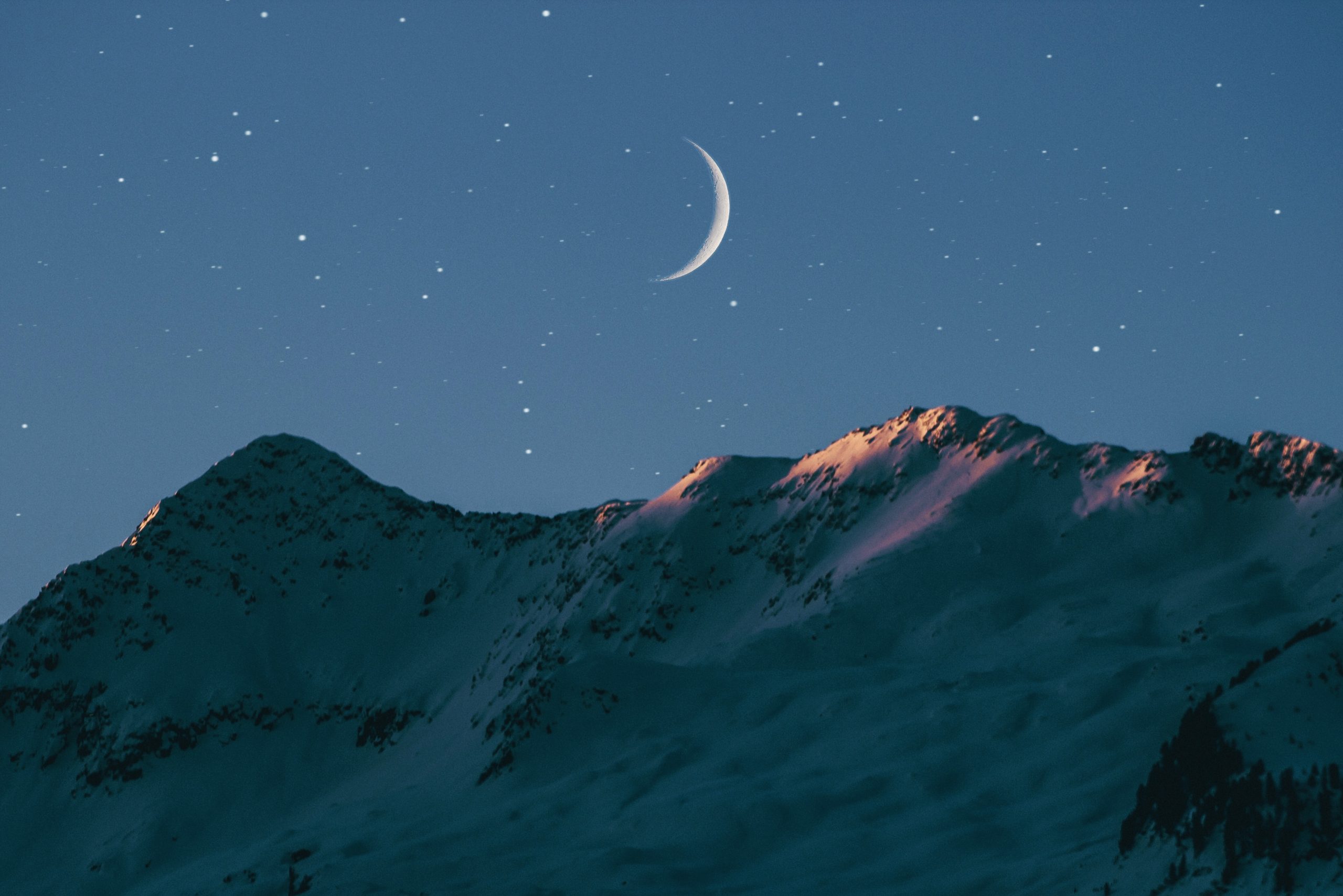The Beauty of the Last Quarter Moon: Capturing the Perfect Picture
The moon has always fascinated mankind, with its ethereal glow and ever-changing phases. From the silvery full moon to the crescent new moon, each phase carries its own allure. One phase that often captivates photographers and stargazers alike is the last quarter moon. In this blog post, we will delve into the world of last quarter moon photography, exploring the techniques, challenges, and tips to capture a stunning picture of this mesmerizing lunar phase.
Understanding the Last Quarter Moon
The last quarter moon, also known as the third quarter moon, occurs when the moon is exactly halfway between the full moon and the new moon. During this phase, the moon appears as a half-circle, with the right side illuminated for observers in the northern hemisphere and the left side illuminated for those in the southern hemisphere.
While the first and last quarter moons may appear similar at first glance, the last quarter moon has its own distinct beauty. Its partially illuminated shape offers a unique opportunity for photographers to capture contrasting light and shadows, creating dramatic and visually striking compositions.
Gear and Settings
Before embarking on your last quarter moon photography journey, it’s essential to have the right gear and settings. Here’s a list of equipment you’ll need to get started:
- A camera with manual controls: Whether you use a DSLR or a mirrorless camera, having manual control over aperture, shutter speed, and ISO is crucial for capturing the moon.
- A telephoto lens: To capture the intricate details of the moon’s surface, a telephoto lens with a focal length of 200mm or more is recommended. This will allow you to zoom in and fill the frame with the moon.
- A sturdy tripod: Keeping your camera stable is essential for sharp and blur-free images. Invest in a sturdy tripod that can withstand the weight of your camera and lens combination.
- A cable release or self-timer function: Using a cable release or the self-timer function on your camera eliminates the risk of camera shake when pressing the shutter button.
Once you have the necessary gear, it’s time to set up your camera. Here are some recommended settings to start with:
| Aperture | Shutter Speed | ISO |
|---|---|---|
| f/8 | 1/125 | ISO 100 |
These settings provide a good starting point, but you may need to make adjustments based on the lighting conditions and desired effects. Experimentation is key to finding the perfect settings that suit your creative vision.
Timing and Location
Capturing a stunning picture of the last quarter moon requires careful planning regarding timing and location. Here are some considerations to keep in mind:
- Moonrise and moonset times: Research the local moonrise and moonset times in your area for the specific date you wish to photograph the last quarter moon. Being present during these times will help you capture the moon in its most aesthetically pleasing positions.
- Clear skies: Look for a day with clear skies to ensure optimal visibility of the moon. Clouds can obstruct the view and make it challenging to capture detailed images.
- Foreground interest: Incorporate interesting elements in the foreground to add depth and context to your photograph. This could be buildings, trees, or other natural elements that complement the lunar composition.
An ideal location for last quarter moon photography is far away from city lights, allowing you to capture a clearer and more captivating image. Look for parks, rural areas, or elevated spots that offer a scenic view of the horizon.
Composition and Creativity
Composition plays a pivotal role in creating visually stunning last quarter moon images. Here are some compositional techniques to consider:
- Rule of thirds: Divide your frame into a 3×3 grid and position the moon along one of the gridlines or at an intersection point. This technique creates a more balanced and visually appealing composition.
- Leading lines: Incorporate leading lines, such as a road or a shoreline, that guide the viewer’s eye towards the moon.
- Silhouettes: Experiment with incorporating silhouettes in the foreground to create a sense of drama and mystery.
- Reflections: Capture the moon’s reflection on water bodies or other reflective surfaces for a unique and captivating image.
Remember, don’t be afraid to get creative and try different angles, perspectives, and framing techniques. The last quarter moon offers ample opportunities for experimentation and artistic expression.
Post-Processing Tips
Once you’ve captured your last quarter moon photograph, the journey doesn’t end there. Post-processing is an essential step to enhance your image and bring out its full potential. Here are some post-processing tips:
- Adjust exposure: Fine-tune the exposure settings to bring out the details of the moon’s surface.
- Enhance contrast: Increase the contrast to make the moon stand out and emphasize the textural details.
- Sharpening: Apply appropriate sharpening techniques to enhance the fine details of the moon without introducing excessive noise.
- Color correction: Adjust the temperature and saturation levels to achieve the desired color tone and mood.
Remember, post-processing should be used to enhance your image while maintaining a natural and realistic appearance. Avoid excessive manipulation that can make the photograph look artificial.
Conclusion
The last quarter moon is a captivating lunar phase that presents photographers with a unique opportunity to capture mesmerizing images. By understanding the technical aspects, planning your shoots carefully, and using creative composition techniques, you can capture breathtaking last quarter moon photographs that showcase the moon’s beauty in all its glory. So grab your gear, find the perfect location, and immerse yourself in the ethereal world of last quarter moon photography. Happy shooting!
Table of Contents
